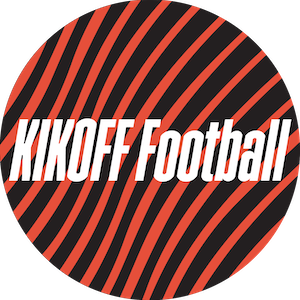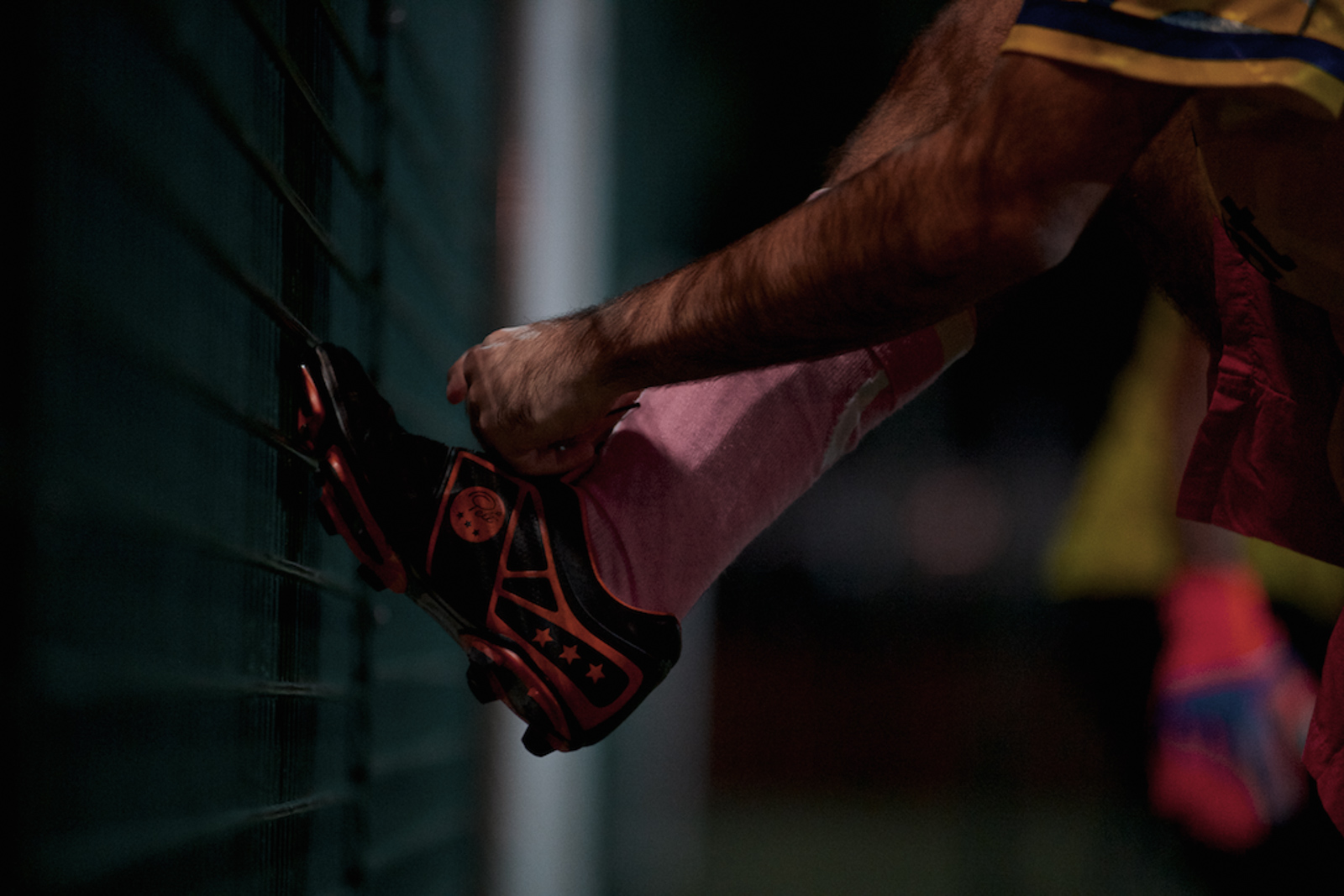Speed has become one of the most sought-after attributes in soccer.
It’s an attribute that many players are led to believe can’t be improved which results in many of them missing out on the huge benefits it can provide to their game.
Luckily, you should know that it definitely CAN be improved, and we are going to tell you how every soccer player can improve their speed.
Learn from A Sports Speed Expert
Ranell Hobson is the Director of Coaching at the Academy of Sports Speed Australia (ASSA).
She is also a coach educator and has been hired by professional clubs such as Arsenal, Brighton, AS Roma and Melbourne City to teach some of their coaching staff.
In fact, much of the knowledge the 90 Minutes coaching staff deliver comes from information taught at the ASSA Coaches Course by Ranell.
Not too long ago Ranell and her partner Kip stopped by the 90 Minutes head office to discuss everything related to soccer speed on our Choose Football Podcast (LISTEN HERE!).
There is a lot of information in the episode and we strongly suggest you give it a listen to get the full value of it.
However, we did want to give a quick practical guide to improving your speed IF you were really limited on time.
Below, you will see some simple practical takeaway points from the podcast. If you want to hear more about each point you can simply listen to the full episode!
Speed Formula
Lift x Jump x Sprint = A Faster Player
This is a very simple formula Ranell used to describe what you should prioritise in the 15 minutes you are going to dedicate to your speed development.
Jump
Include vertical (e.g. squat jump) and horizontal jumping (e.g. broad jump) as well as reactive jumps for foot impulse (e.g. pogo jumps)
Drill 1
Sprint
You must practice sprinting fast, but be sure that your sprinting position and posture will allow you to do so safely.
You can use some drills to practice position and posture to start with before practising your sprints.
After completing a warm up and some movement preparation, include some 5-10m short accelerations at 100% effort to get you introduced to a sprint training program.
Drill 1
Drill 2
Drill 3
Drill 4
Lift
Strength is the foundation of power.
Without any ability to produce force into the ground you will always limit your potential to get anywhere fast.
Ranell emphasises that strength is critical, however, players shouldn’t externally load their body if they have dysfunction in their movement.
Addressing asymmetries, mobility, flexibility and motor control would serve as a good starting point before loading players with implements such as weight vests, medicine balls, sandbags or dumbbell/barbells.
Including some squats and lunges into a 15-minute routine is a great place to start, but if you are more advanced a separate strength session may be more applicable.
Keep in mind, if you can’t squat and lunge correctly your acceleration will be affected. Sort that out first.
Drill 1
Rest
Sprinting is training your nervous system so you need a much longer recovery than you would if you were doing a conditioning drill.
Take time between sprints to fully recover. Fill that time with some mobility or evaluate your sprint with your coach.
Acceleration
Football is a short to medium sprint game which includes sprints that have to be repeated throughout 90 minutes.
Ranell states that when a player has perfect running mechanics, is able to apply forces into the ground correctly and has athleticism then the results are players who are more robust.
Robust players are the ones who are less likely to be sitting on the sidelines injured and more likely to playing week in week out year after year.
Which should be the goal of every player.
As well as practising straight line accelerations coming off of a slow jog also practice them from a side shuffle, cut or crossover step to make it even more game realistic.
Drill 1
A Common Issue
Anterior pelvic tilt.
Many players are in this position due to sitting all day and being weak which causes their hamstrings to feel constantly tight and a pain at the front of their hips.
As you can expect, this affects their potential for speed development.
The Fix:
Strengthen your hamstrings, glutes and core.
Planking and bridges are a good place to start for most.
Stretch your hip flexors.
Mobility
Spend some time daily working on improving how your joints function.
In particular spend time on the hips and ankles, which are crucial areas for soccer players and speed.
Drill 1
Summing Up
Movement quality first: posture, position and mobility.
Jump, Lift and Sprint.
Include sprints coming from rolling starts and lateral movements to make it more game like.
Full rest between sprints to maintain quality.
If these tips got you interested but you want the FULL why, what and how of soccer speed then remember and check out the Choose Football Podcast (LISTEN HERE!).



